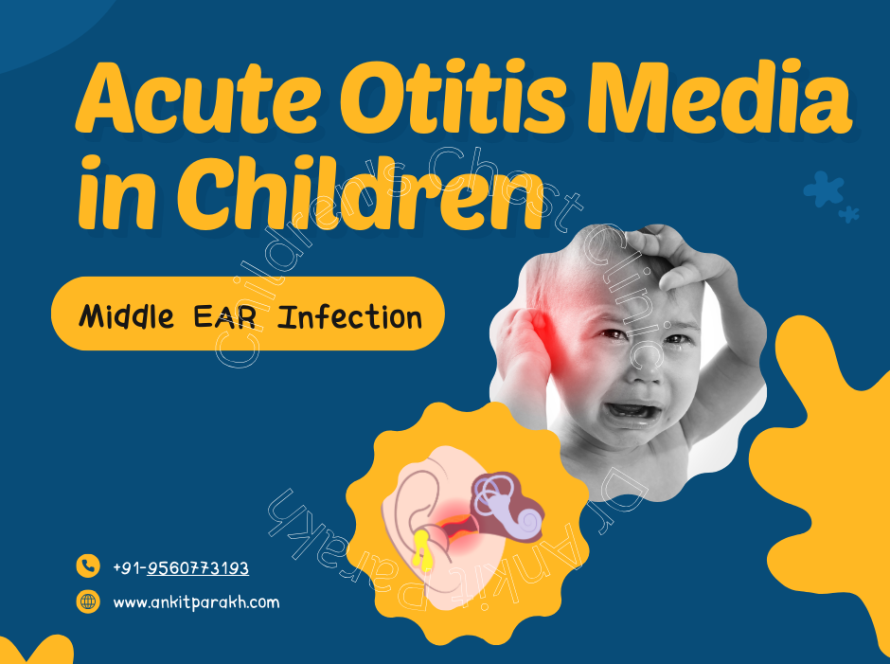Respiratory and Sleep Problems in Children with Duchenne Muscular Dystrophy
Duchenne Muscular Dystrophy (DMD) is a progressive neuromuscular condition that primarily affects boys and leads to gradual weakening of the skeletal muscles, including those responsible for breathing. As the condition advances, it can cause serious respiratory and sleep problems, particularly during the night. Sleep disordered breathing and night-time respiratory failure are significant concerns in children with Duchenne Muscular Dystrophy (DMD) and require timely diagnosis and intervention—most importantly through pulmonary function tests, sleep studies, and appropriate use of BiPAP support.
Why Do Children with Duchenne Muscular Dystrophy (DMD) Develop Sleep Problems?
As Duchenne Muscular Dystrophy (DMD) progresses, the respiratory muscles—including the diaphragm and intercostal muscles—become weaker. During sleep, especially during REM sleep, these weakened muscles are unable to maintain normal breathing patterns. This results in hypoventilation, where breathing becomes too shallow, leading to low oxygen and high carbon dioxide levels during the night.
Initially, breathing difficulties are only present during sleep, but without proper monitoring and support, this may progress to daytime respiratory issues.
Night-Time Respiratory Failure in Duchenne Muscular Dystrophy (DMD)
Night-time respiratory failure often starts with subtle symptoms that are easily overlooked. Common signs include:
Restless or disturbed sleep
Loud snoring or pauses in breathing (apnea)
Early morning headaches
Excessive daytime sleepiness
Night sweats
Poor concentration and fatigue
These are indicators of sleep disordered breathing and potential nocturnal hypoventilation, which can be detected early through appropriate evaluation.
Role of Pulmonary Function Tests (PFTs)
Regular pulmonary function testing (PFT) is critical in monitoring the progression of respiratory muscle weakness in children with Duchenne Muscular Dystrophy. Spirometry and other lung function assessments can help detect early declines in lung capacity and respiratory strength, even before symptoms appear.
Key benefits of regular PFTs include:
Tracking the decline in respiratory function over time
Identifying the right time to perform a sleep study
Helping in the early initiation of non-invasive ventilation like BiPAP
Guiding the overall respiratory management plan
It is generally recommended to start annual PFTs by age 6–7 or earlier if symptoms develop. As the disease progresses, more frequent testing (every 6 months) may be advised.
Role of Sleep Study in Diagnosing Sleep Disordered Breathing
A polysomnography (sleep study) is essential in diagnosing sleep disordered breathing in Duchenne Muscular Dystrophy (DMD)
. It helps evaluate:
Oxygen levels
Carbon dioxide retention (capnography)
Apnea and hypopnea episodes
Breathing effort
Sleep quality
Detecting nocturnal hypoventilation or apneas early allows timely intervention to prevent further respiratory decline.
Use of BiPAP in Duchenne Muscular Dystrophy
When nocturnal hypoventilation or respiratory distress is detected, BiPAP (Bilevel Positive Airway Pressure) is the preferred non-invasive ventilation strategy. It provides two levels of pressure—higher during inhalation and lower during exhalation—which supports weak respiratory muscles more effectively than CPAP.
Benefits of BiPAP therapy:
Supports ventilation during sleep
Improves oxygenation and removes excess CO₂
Enhances sleep quality
Reduces daytime fatigue and morning headaches
Delays the onset of daytime respiratory failure
Improves quality of life and survival
BiPAP is typically introduced at night and can be extended to daytime use as respiratory needs increase.
Importance of Regular Monitoring and Follow-up
A multidisciplinary approach is essential in managing respiratory and sleep issues in Duchenne Muscular Dystrophy (DMD)
. This includes:
Regular pulmonary function tests
Periodic sleep studies
Home pulse oximetry if required
Routine clinical assessments by a pediatric pulmonologist
This proactive monitoring allows for early identification and timely intervention, preventing complications and improving long-term outcomes.
Children with Duchenne Muscular Dystrophy are at high risk of sleep disordered breathing and night-time respiratory failure due to progressive muscle weakness. Regular pulmonary function tests and sleep studies are essential for early diagnosis. BiPAP therapy, initiated in time, significantly improves sleep quality, daytime function, and long-term health outcomes. A proactive, team-based approach including a pediatric pulmonologist ensures the best care for children with Duchenne Muscular Dystrophy (DMD).
Conclusion
1. When should pulmonary function tests be started in Duchenne Muscular Dystrophy?
Pulmonary function tests should begin around 6 years of age or earlier if symptoms appear. As muscle weakness progresses, tests should be done every 6 months.
2. How does BiPAP help children with Duchenne Muscular Dystrophy (DMD)?
BiPAP supports weak respiratory muscles during sleep, improves gas exchange, and helps prevent night-time respiratory failure.
3. What are the early signs of night-time breathing problems in Duchenne Muscular Dystrophy (DMD)?
Symptoms include restless sleep, loud snoring, morning headaches, fatigue, and daytime sleepiness—indicating possible sleep disordered breathing.
4. How often should a sleep study be done in a child with Duchenne Muscular Dystrophy (DMD)?
A baseline sleep study should be done when early signs of sleep disordered breathing appear or if PFTs show reduced lung function. Follow-up studies may be needed yearly or based on symptoms.
5. What is the difference between CPAP and BiPAP in managing Duchenne Muscular Dystrophy (DMD)?
BiPAP provides two pressure levels, making it easier for children with weak muscles to inhale and exhale, unlike CPAP, which gives constant pressure.






